Tiago Martins
Using Computational Approaches in Visual Identity Design: A Visual Identity for the Design and Multimedia Courses of Faculty of Sciences and Technology of University of Coimbra
Sep 07, 2022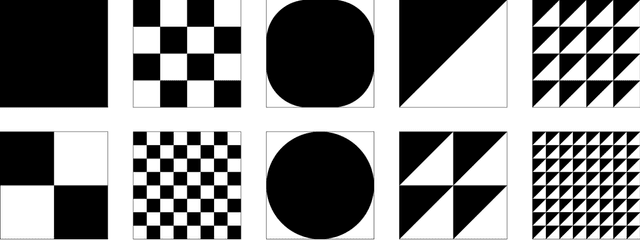
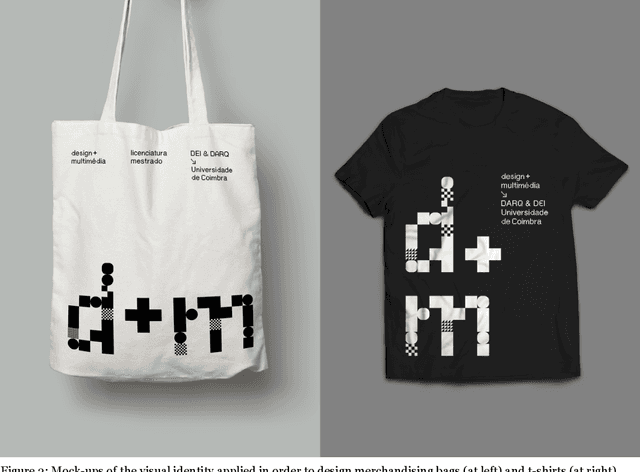
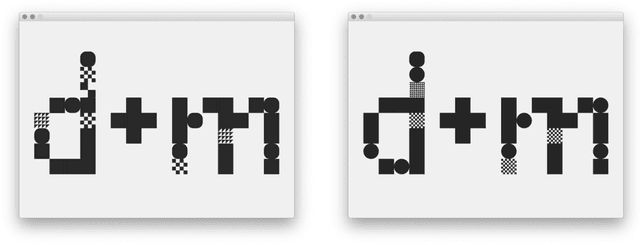
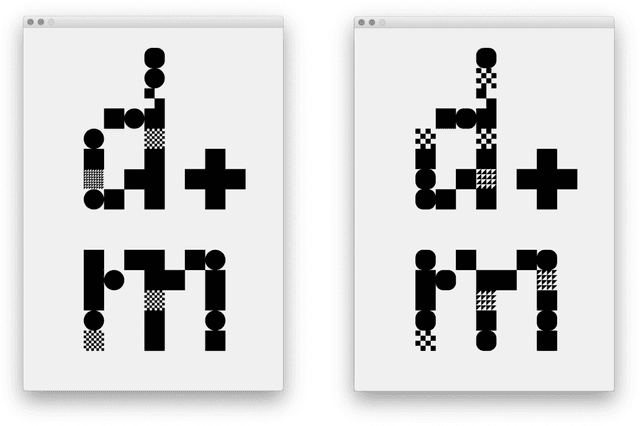
Abstract:Computational approaches are beginning to be used to design dynamic visual identities fuelled by data and generative processes. In this work, we explore these computational approaches in order to generate a visual identity that creates bespoke letterings and images. We achieve this developing a generative design system that automatically assembles black and white visual modules. This system generates designs performing two main methods: (i) Assisted generation; and (ii) Automatic generation. Assisted generation method produces outputs wherein the placement of modules is determined by a configuration file previous defined. On the other hand, the Automatic generation method produces outputs wherein the modules are assembled to depict an input image. This system speeds up the process of design and deployment of one visual identity design as well as it generates outputs visual coherent among them. In this paper, we compressively describe this system and its achievements.
* Paper presented in 10th Typography Meeting "Borders", 22--23 Oct. 2019, Matosinhos, Portugal
TensorGP -- Genetic Programming Engine in TensorFlow
Mar 12, 2021
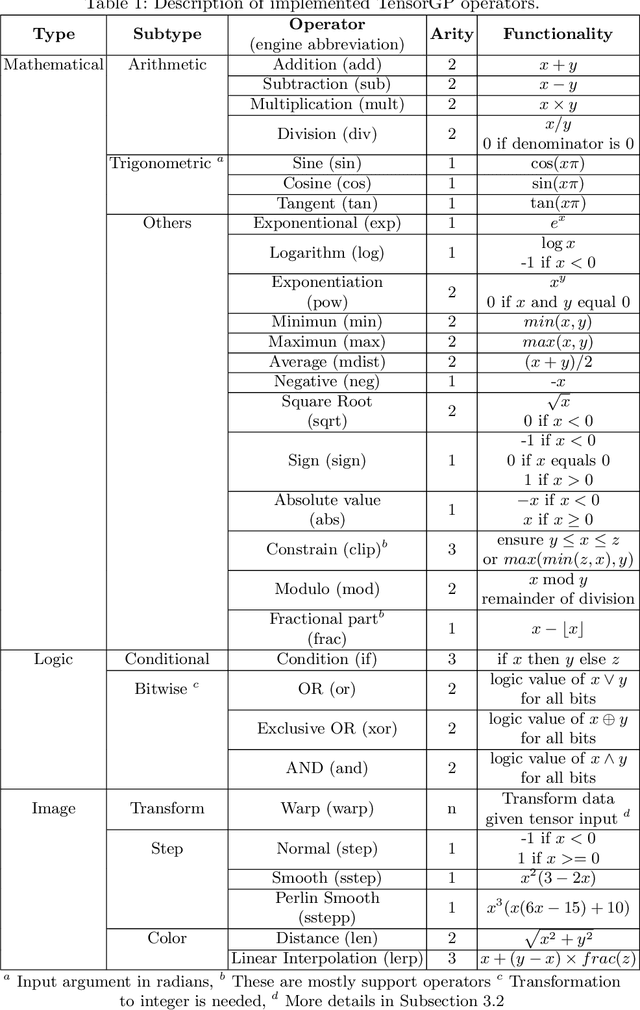
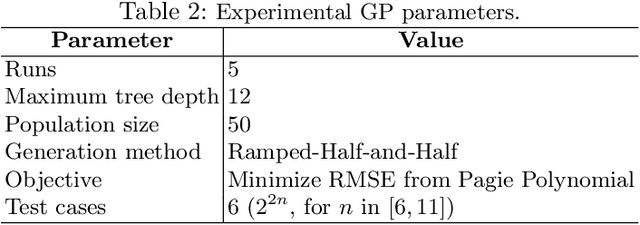
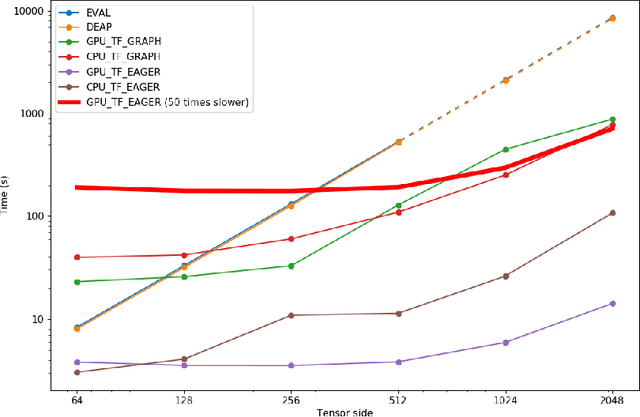
Abstract:In this paper, we resort to the TensorFlow framework to investigate the benefits of applying data vectorization and fitness caching methods to domain evaluation in Genetic Programming. For this purpose, an independent engine was developed, TensorGP, along with a testing suite to extract comparative timing results across different architectures and amongst both iterative and vectorized approaches. Our performance benchmarks demonstrate that by exploiting the TensorFlow eager execution model, performance gains of up to two orders of magnitude can be achieved on a parallel approach running on dedicated hardware when compared to a standard iterative approach.
Evotype: Towards the Evolution of Type Stencils
Jun 26, 2018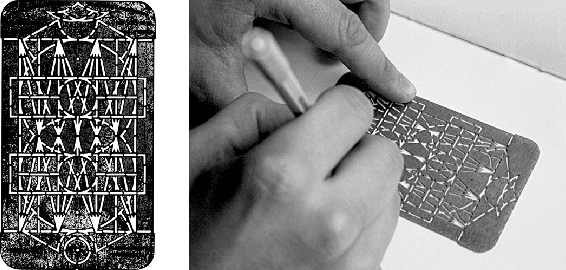
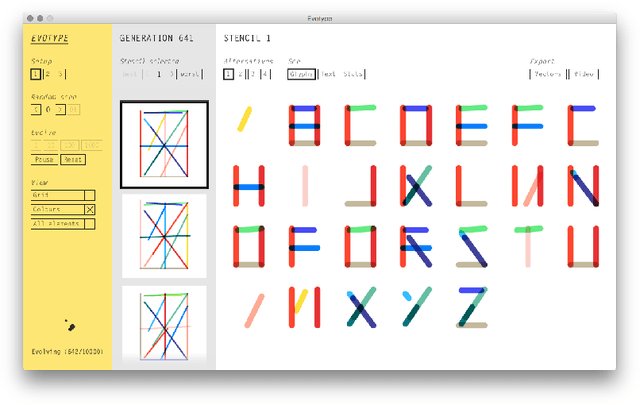


Abstract:Typefaces are an essential resource employed by graphic designers. The increasing demand for innovative type design work increases the need for good technological means to assist the designer in the creation of a typeface. We present an evolutionary computation approach for the generation of type stencils to draw coherent glyphs for different characters. The proposed system employs a Genetic Algorithm to evolve populations of type stencils. The evaluation of each candidate stencil uses a hill climbing algorithm to search the best configurations to draw the target glyphs. We study the interplay between legibility, coherence and expressiveness, and show how our framework can be used in practice.
 Add to Chrome
Add to Chrome Add to Firefox
Add to Firefox Add to Edge
Add to Edge